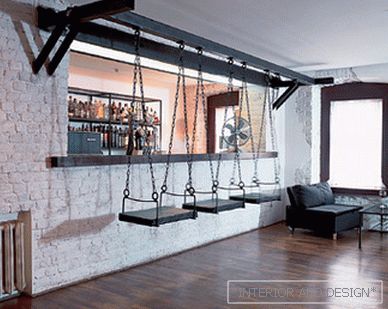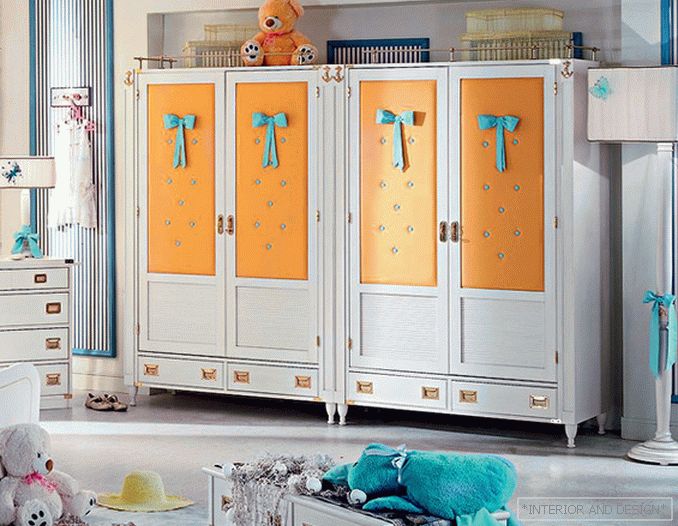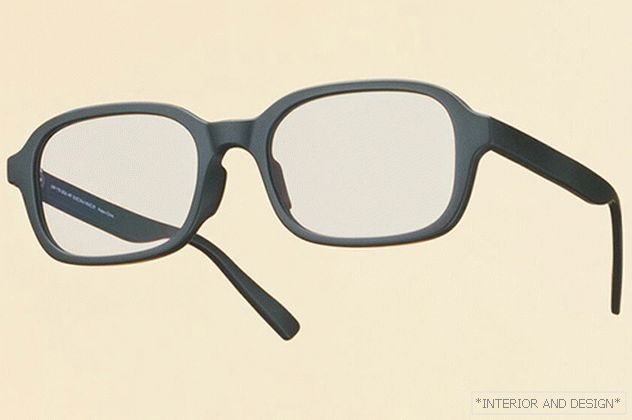House designed by Marcel Leborne

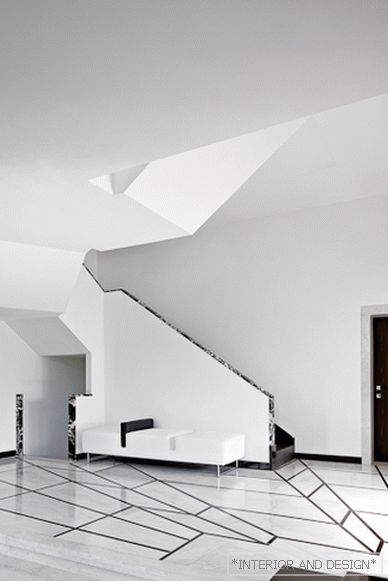
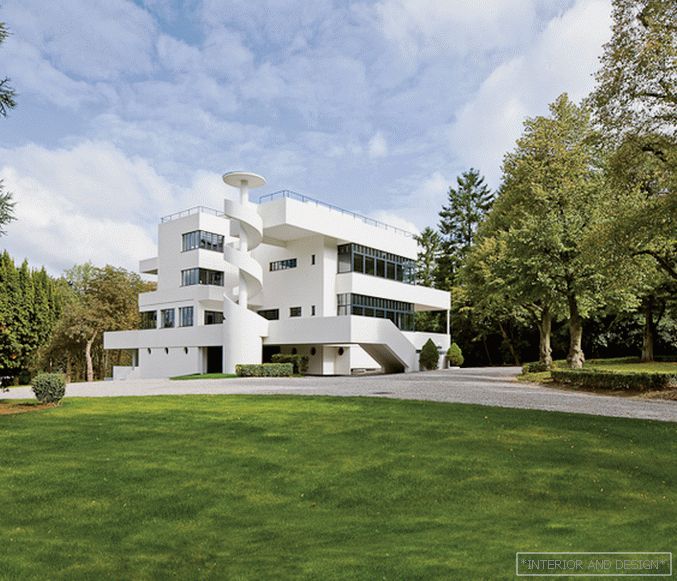


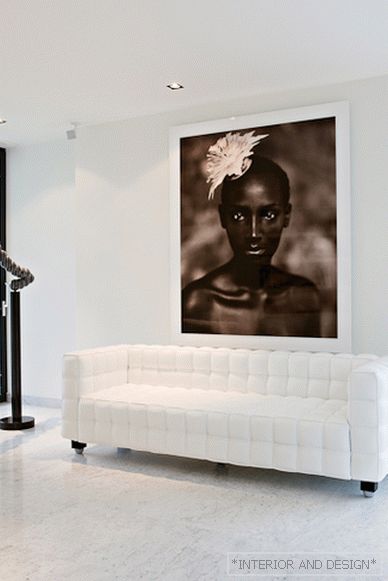
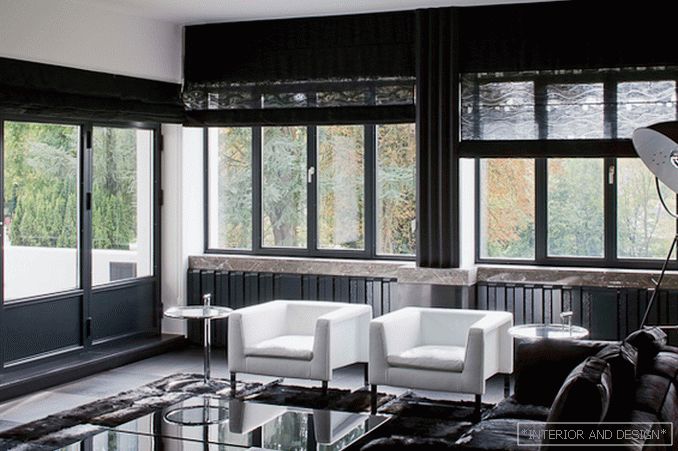
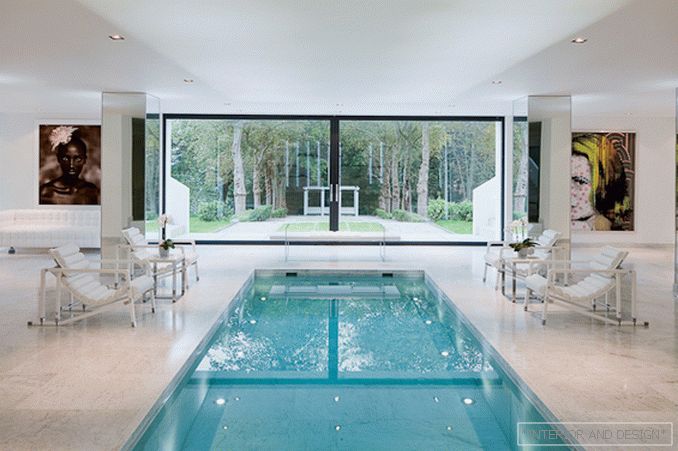
 Passing the gallery
Passing the gallery Leading headings: Marina Volkova
A photo: - Louis-Philippe Breydel
Magazine: H (153) 2010
Villa Dirickz has a long history. It was built intensively between 1929 and 1935 and is an amazing example of the Belgian architecture of those years. Architect Marcel Leborn (Marcel Leborgne) became famous for buildings of this kind. He was one of the first Belgian adherents of constructivism. In the family Leborna were all architects, so that the tendency to architecture in his blood. But there was a family conflict: Marcel, unlike his more conservative relatives, liked the functionalist trends.
The facade of the Villa Dirickz strikes with its minimalist splendor. Plastered blocks are combined with mirror inserts. The building has two floors. The outer staircase leading to the second floor is enclosed in an interesting spiral shell, reminiscent of modern tower-locators, which are in each airport. The building consists of different-scale geometric volumes, however, the composition looks whole and somewhat resembles a cube. The building brings to mind the construction of Frank Lloyd Wright: the architecture is “friendly” with the natural environment, the forms tend to simplicity, and the decor meets the principles of restrained, unobtrusive elegance.
The new owner, who acquired this mansion in 2007, decided to change only the situation. It was necessary to find furniture that was ideally suited in style to this so characteristic architecture. After a long search, the choice was stopped on the brand ALIVAR. The factory has a so-called Museum Collection, which includes reproductions of the furniture masterpieces of the most famous designers - Mies van der Rohe, Le Corbusier, Joseph Hoffmann, Eileen Gray and many others. The atmosphere was complemented with items from modern collections by Giuseppe Bavuso and Fabio Bortolani.
The interiors of the house are designed in black and white. This combination is a win-win, it will never go out of style. Such coloristic severity emphasizes the restrained grandeur of architecture. To some, this almost monochrome may seem tedious, as if you quickly get bored in such interiors. But the owner of this villa, on the contrary, only in such an environment and rest. In addition, the interior is not completely colorless. Color accents are paintings by pop artists and photographs on the walls. They are not out of the common color range, but at the same time create an element of intrigue.

